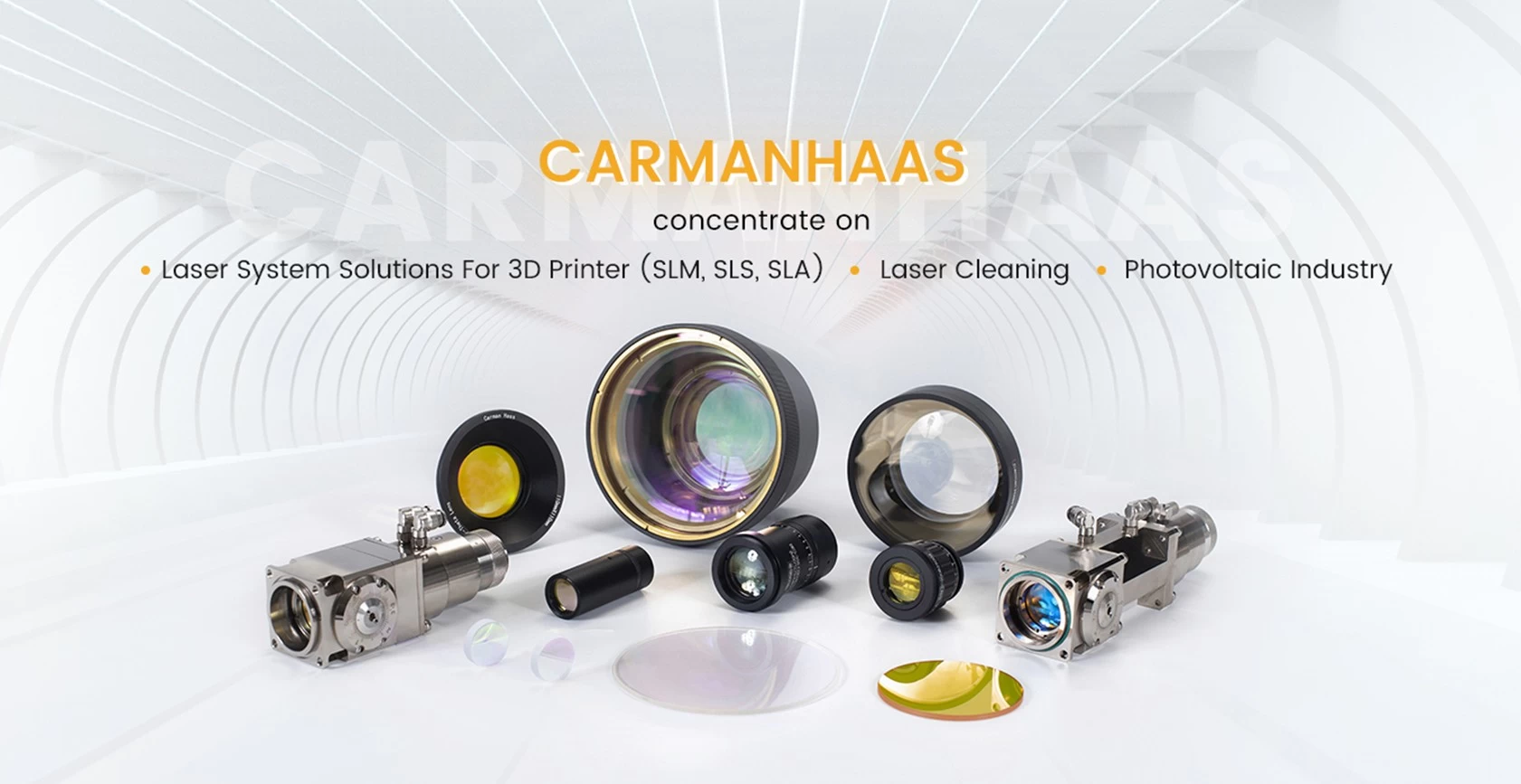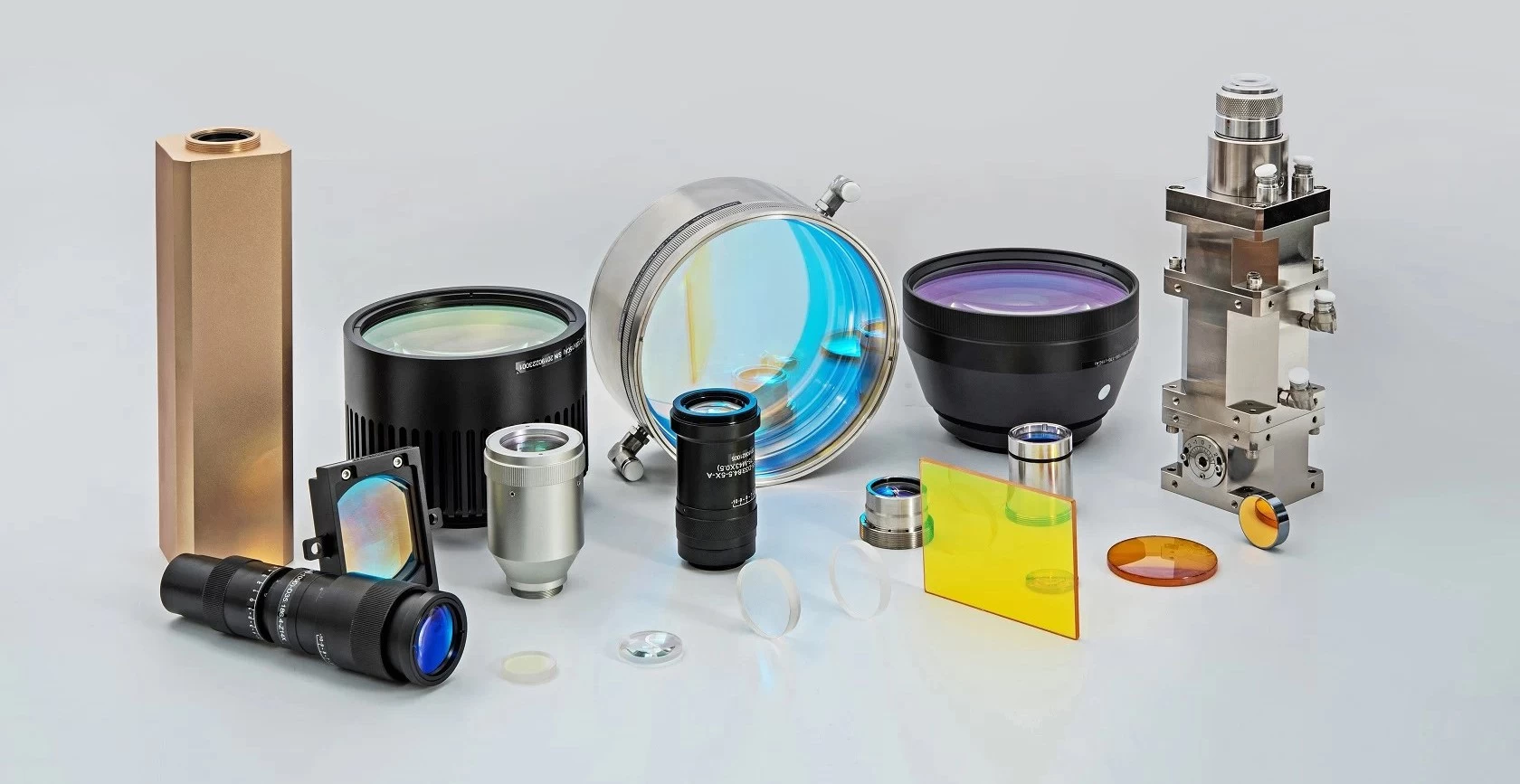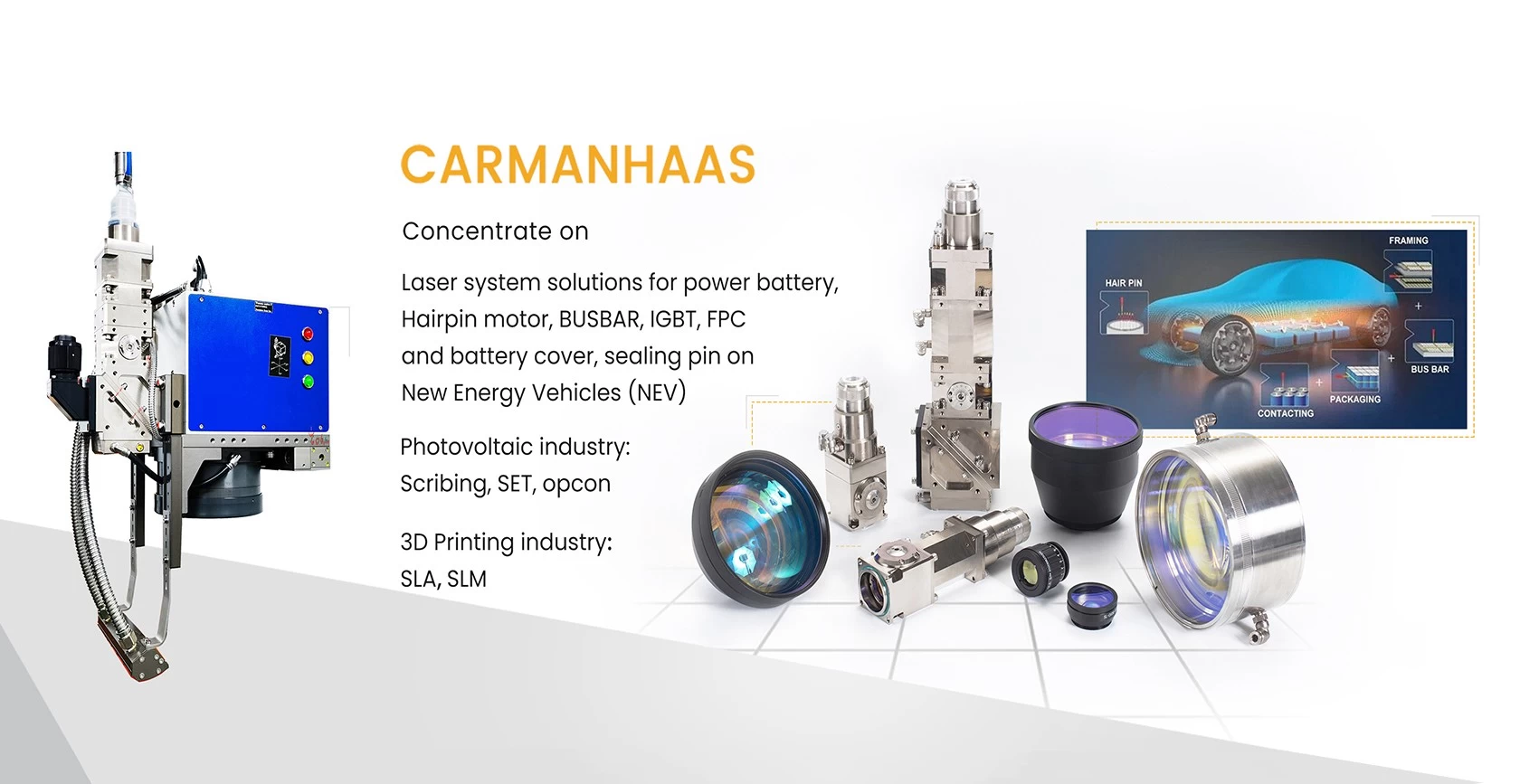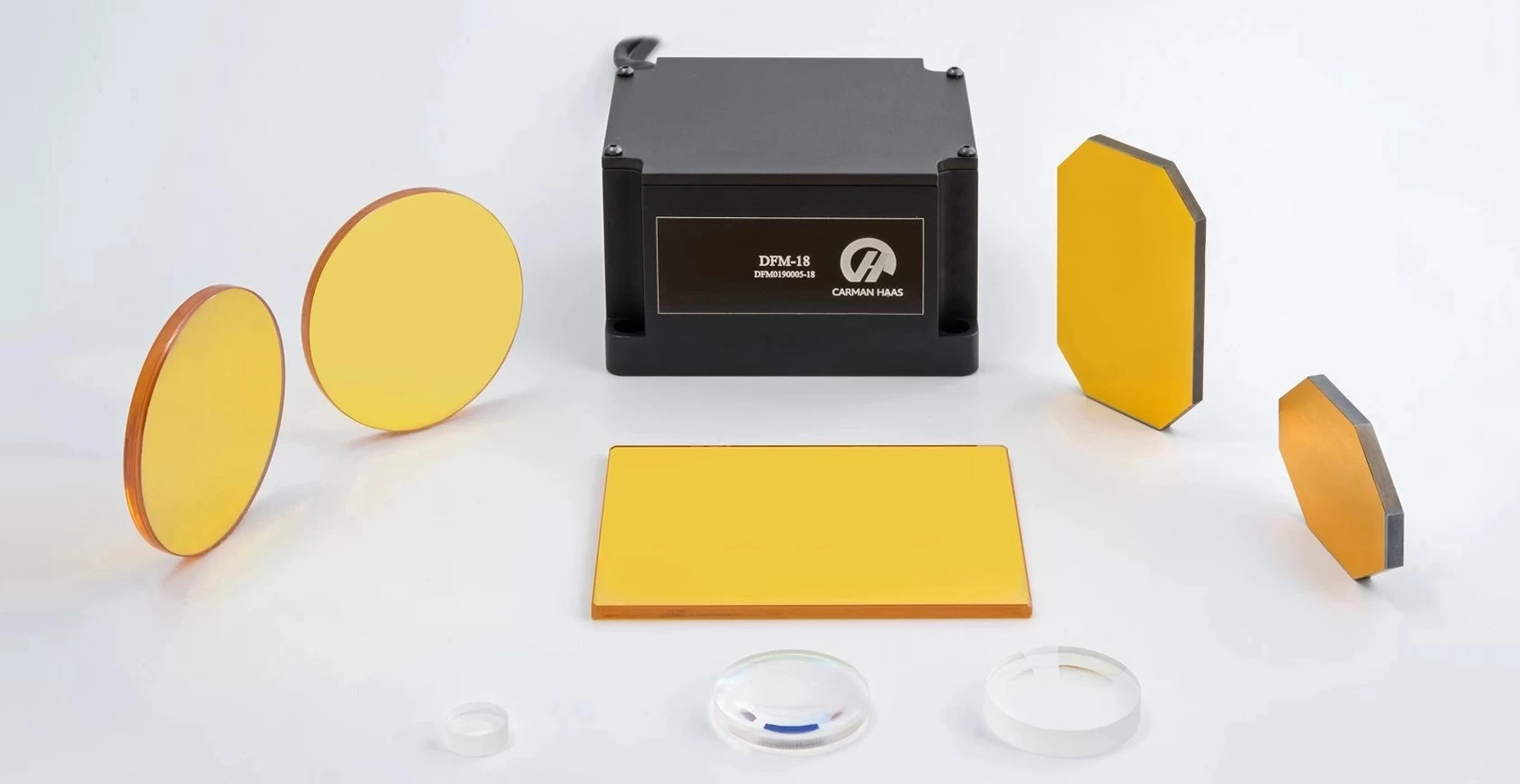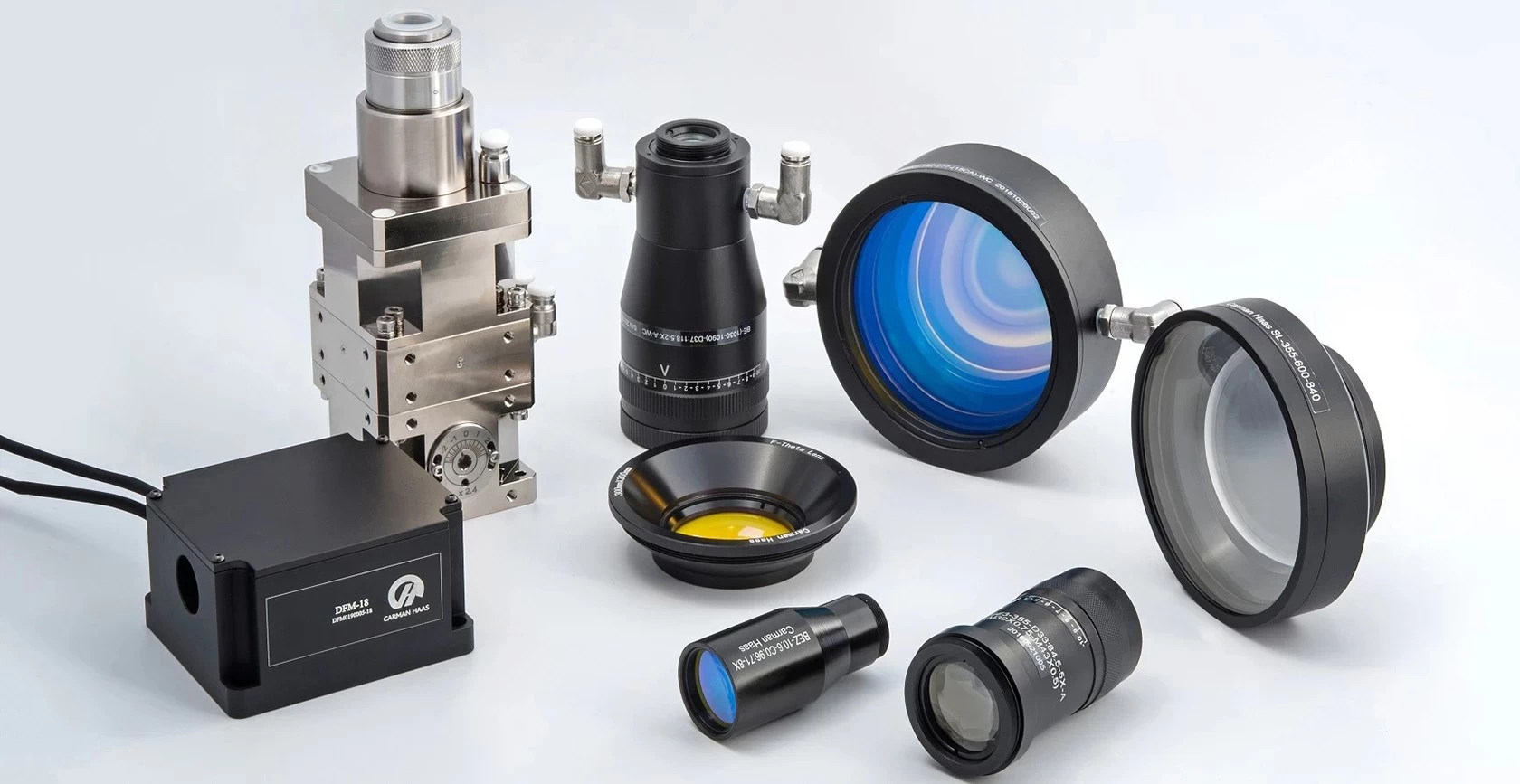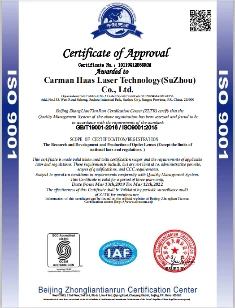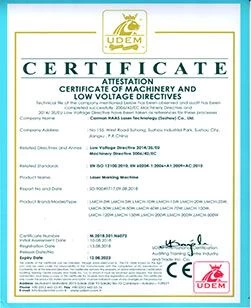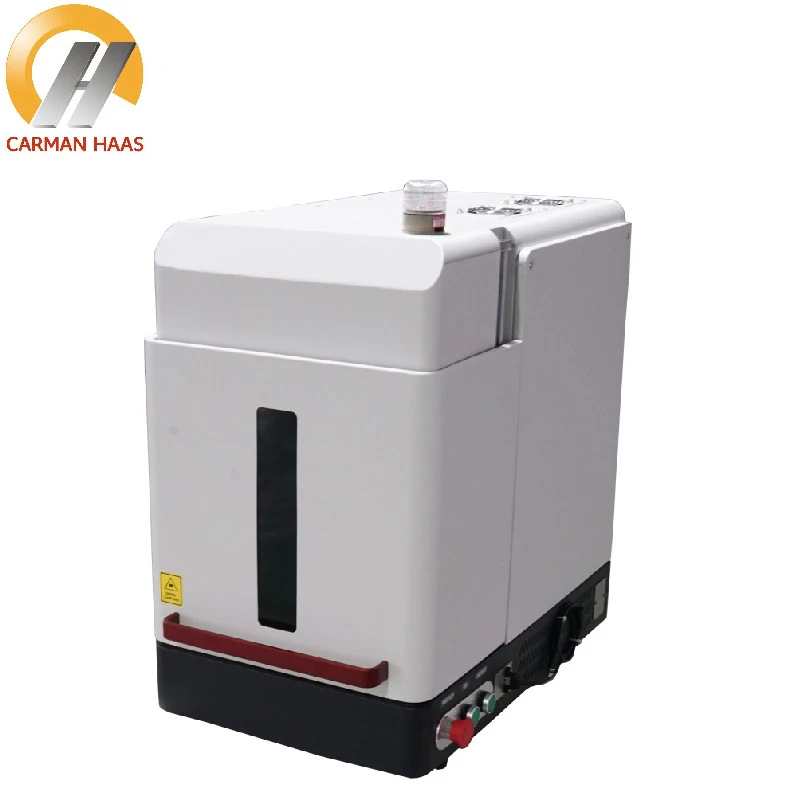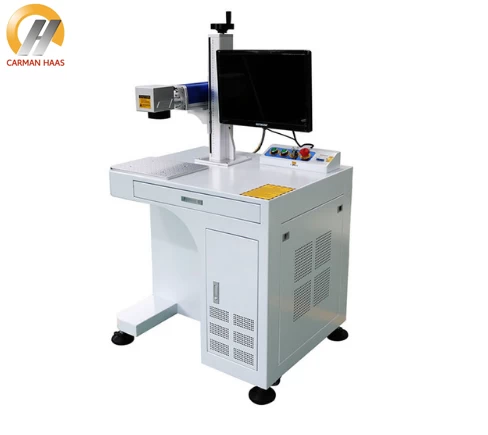Principle and Application of Laser Beam Expanding System
In principle, the principle of the laser beam expansion system is the same as that of the telescope, except that the position of the objective lens and the imaging lens is reversed. The Kepler beam expansion system will form an energy focus area between the two lenses, heating The surrounding air may cause wavefront errors, and high-power lasers may even cause air ionization. Therefore, most beam expanders will use Galileo beam expanders. However, in some beam expanders that require spatial filtering to change the beam quality, The Kepler-type beam expander system is used, because the Kepler-type beam expander has a focal point between the lenses that is convenient for placing the filter.

Znse Beam combiner manufacturer china
Application of laser beam expansion
(1) The output beam diameter of the laser is generally fixed. In order to meet different needs, most laser beam expansion systems are required. Laser beam expansion can first reduce the power density, thereby reducing the probability of laser-induced damage and extending the life of laser components
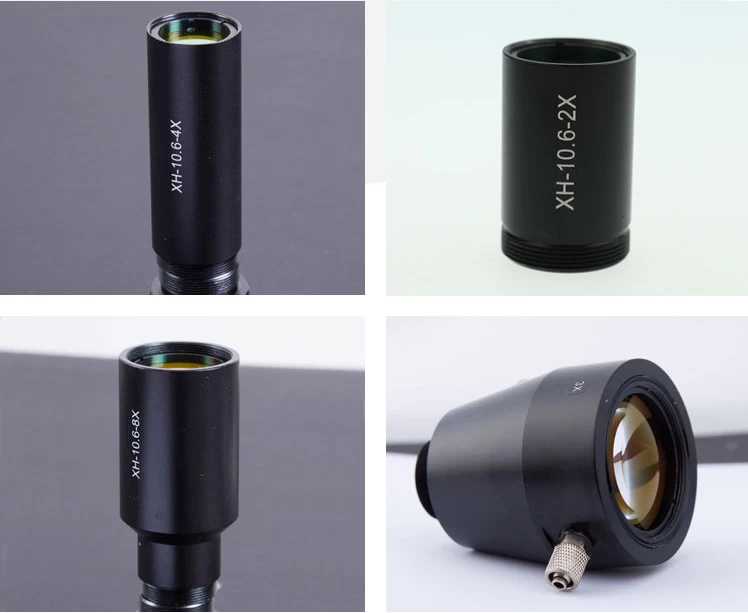
Fixed Magnification Beam Expanders manufacturer
(2) When the transmission distance is long, the beam divergence is minimized.
Assuming the parameters of a beam expander system are as follows, laser beam expander magnification = MP = 10X, input beam diameter = 1mm, input beam divergence = 0.5mrad, working distance = L = 100m.
Then the beam output diameter after beam expansion is:

Without beam expansion:

It can be seen that the use of beam expansion can greatly reduce the beam divergence during long-distance laser transmission.
(3) Minimize the focus spot size
The spot size is usually based on the center of the beam and the intensity at the center as the radius of the circle. The focal spot size of an ideal lens can usually be calculated according to the following formula

CO2 Laser Marking Machine Beam Expander
The spot size is basically determined by the combination of diffraction and phase difference. The phase difference mainly refers to the spherical aberration, so the formula lists the diffraction term and the spherical aberration term. It can be seen from the diffraction term that the shorter the focal length, the smaller the spot, and the larger the input diameter, the smaller the spot. On the one hand, after beam expansion, the input diameter is increased and the diffraction term is reduced, but the spherical aberration term is also increased, as shown in the figure. Therefore, in practical applications, it should be weighed according to the actual situation.



